
Sarasate – il violino dei virtuosi
06 September 2024 - 06 January 2025
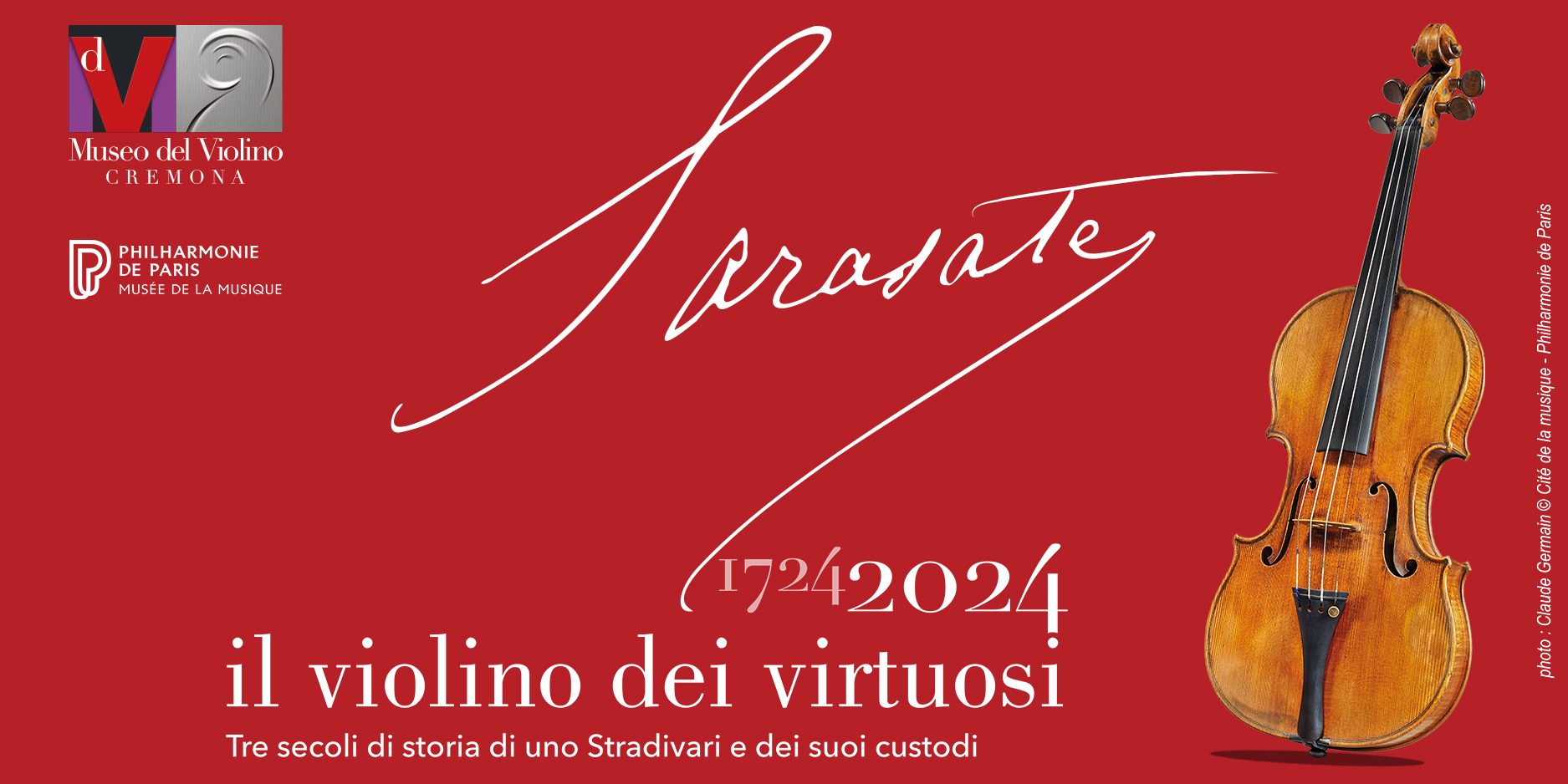
Sarasate, the violin of the virtuosos
1724-2024 Three centuries of history of a Stradivari and its custodians
Museo del Violino, 6 September 2024 – 6 January 2025
curated by Jean-Philippe Échard, Riccardo Angeloni and Fausto Cacciatori
-
When Pablo de Sarasate bequeathed his violin to the Musée du Conservatoire in Paris, he could not have imagined that the instrument would become not only the symbol of his extraordinary career and his gratitude to the institution that had welcomed and trained him as a child but also the witness of a journey made up of people, stories, travels and music which lasted three hundred years. This journey saw the violin handed down first within the Stradivari family and then, among others, in the collections of Count Cozio di Salabue and another famous virtuoso, Niccolò Paganini, two fundamental figures in the history of the violin and its evolution at the beginning of the nineteenth century.
This exhibition celebrates the anniversary of the construction of the «Sarasate» in 1724 with the return of the violin to its hometown. It pays homage to the three centuries of rich history, now documented in detail, that make this instrument unique. The exhibition brings together the violin, its mould and some of the tools and templates used for its making, and is accompanied by the portrait of its first important collector, who bought it 250 years ago.
This event is part of a cooperation project involving the Museo del Violino in Cremona and the Musée de la Musique in Paris and consisting in reciprocal loans of prestigious instruments, following the example of the exhibition of the 1715 violin «Il Cremonese» which was hosted in the Musée in the autumn of 2023. This Stradivari violin made in 1724, whose sound, produced by Pablo de Sarasate’s bow, was listened to by a vast audience throughout Europe and America, has inspired many of the major works of the violin repertoire, from the Spanish Symphony by Edouard Lalo, to the Violin Concertos No. 1 and 3 by Camille Saint-Saëns. It was also one of the first instruments whose sound was recorded on a gramophone record, also witnessing the dawn of a new way of enjoying music. Donated by Sarasate, also known as “the Spanish Paganini”, to the Musée du Conservatoire in Paris, it now bears the name of the worldwide famous virtuoso and composer.
-
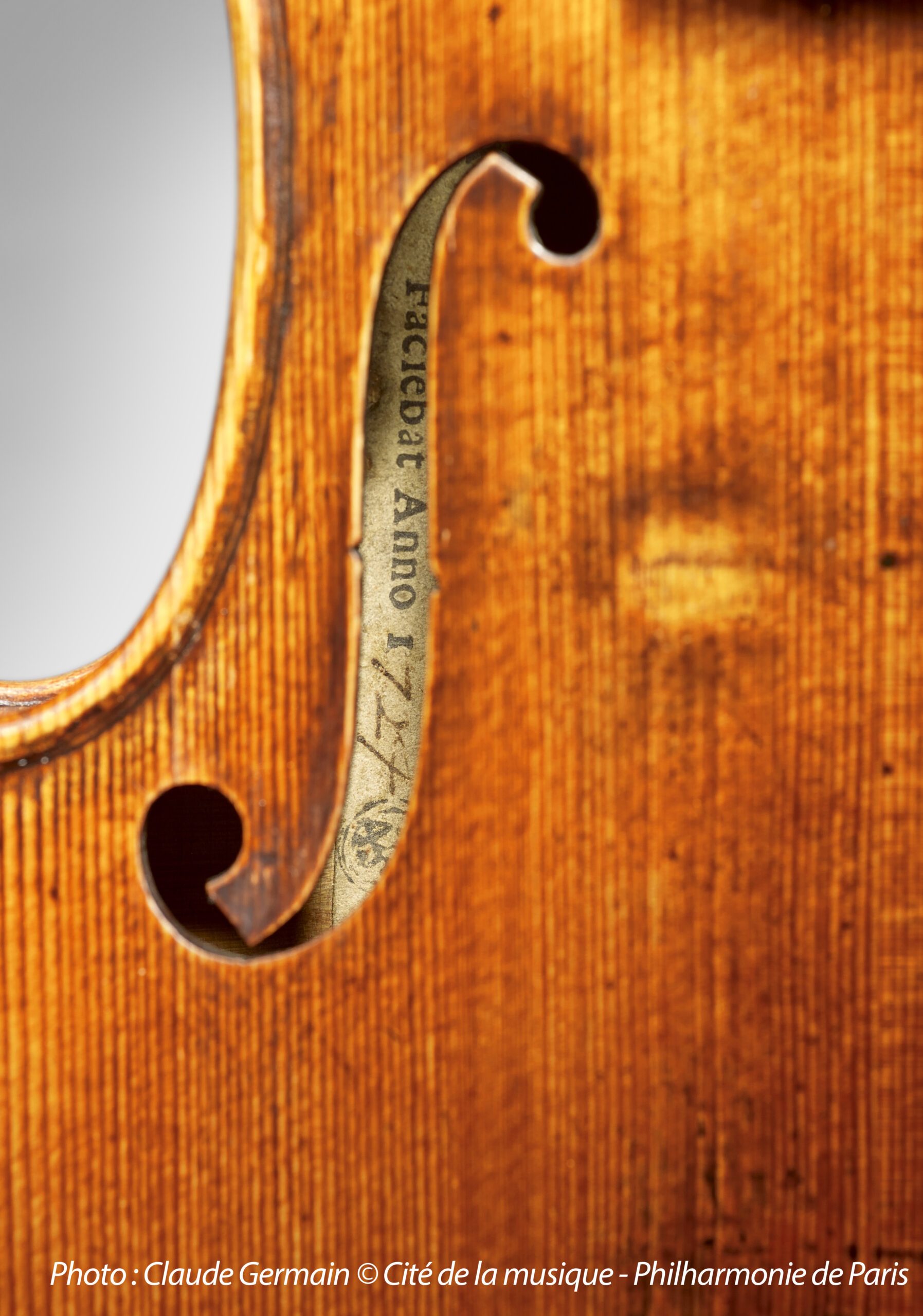 sabato 12 e domenica 13 ottobre
sabato 12 e domenica 13 ottobreINCONTRI DI STUDIO
Sarasate, il violino dei virtuosi
1724-2024 Tre secoli di storia di uno Stradivari e dei suoi custodi -
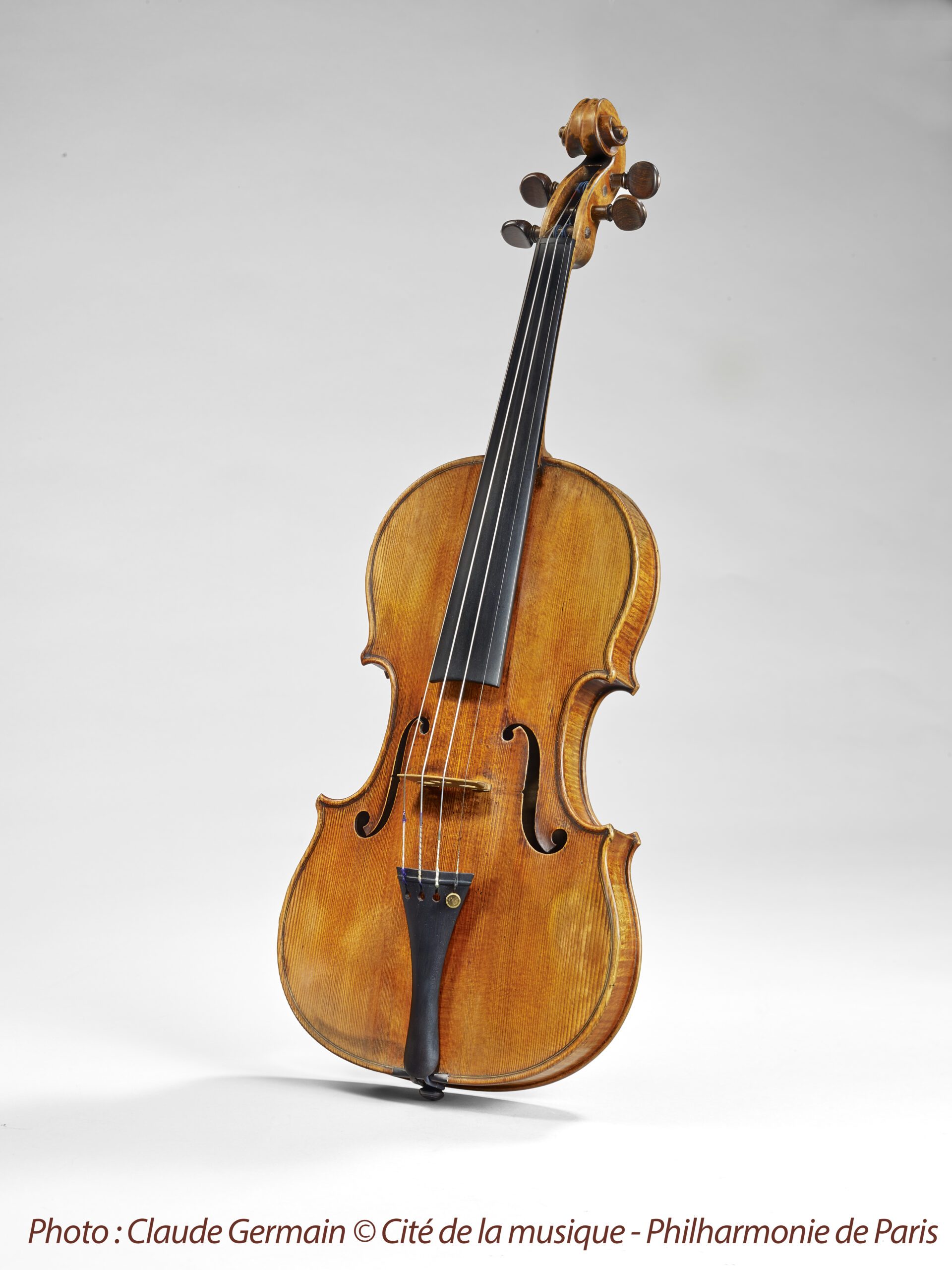
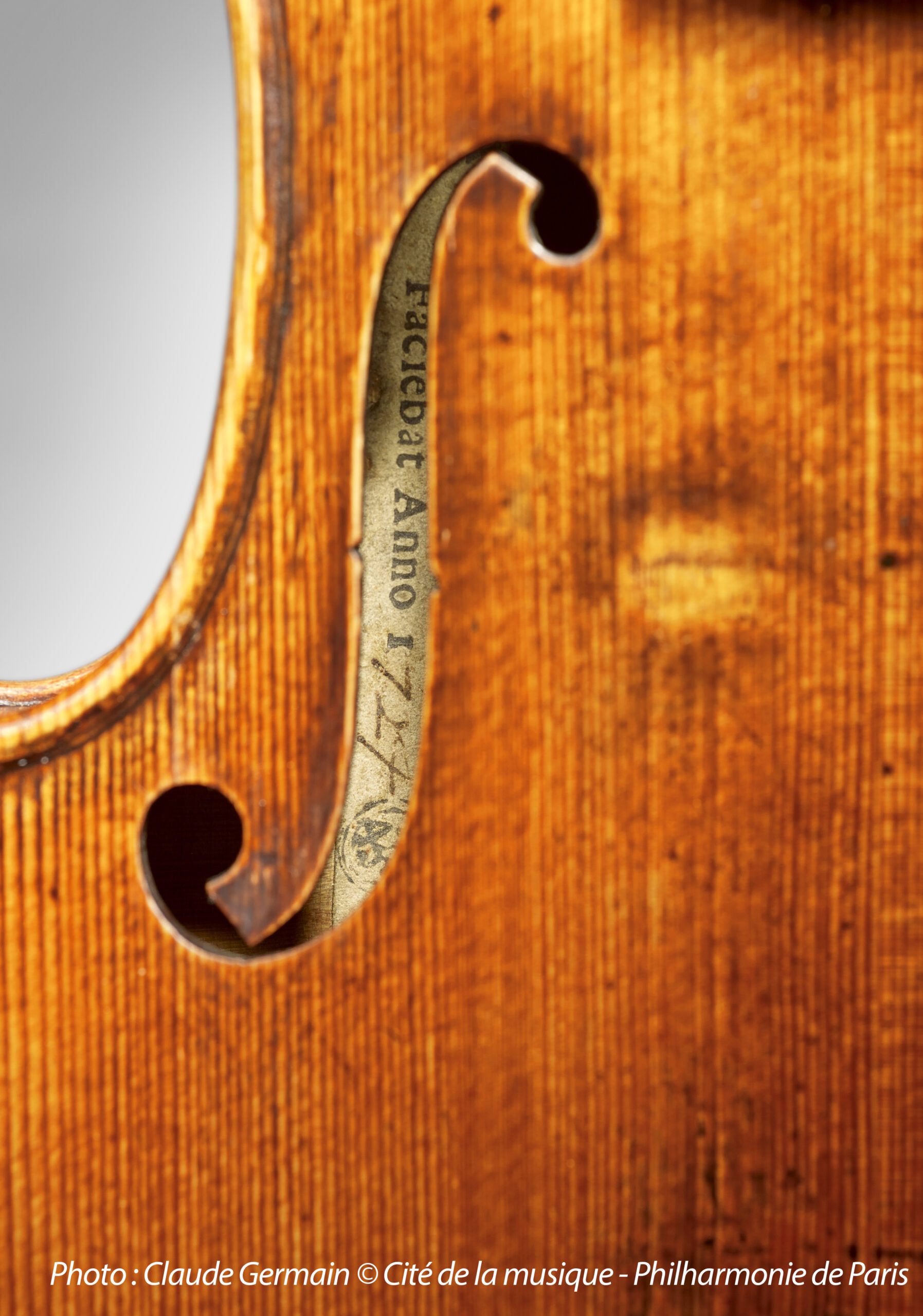
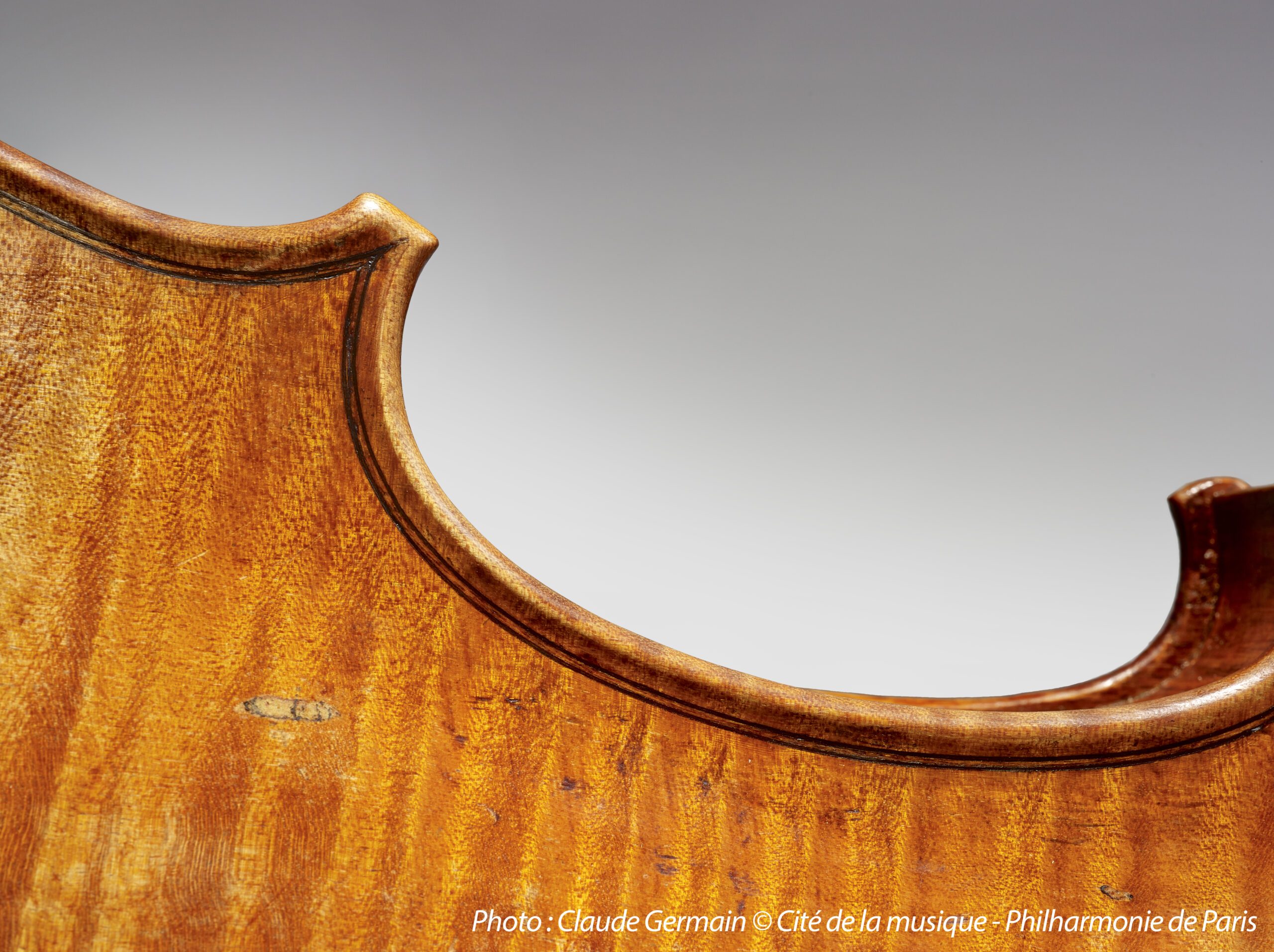
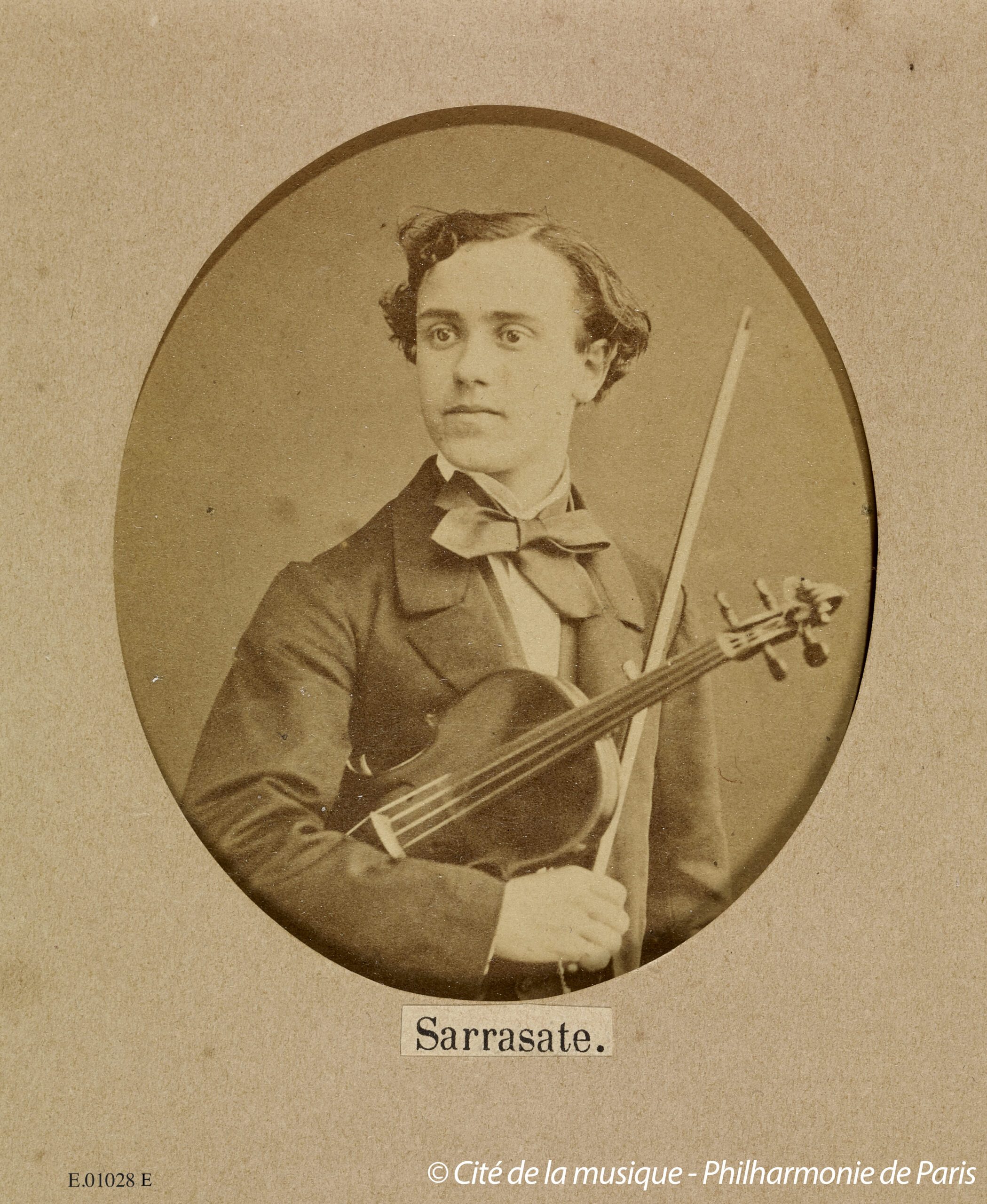
-
PRESS RELEASE

download
download
download download
downloadPRESS RELEASE
Sarasate, the violin of the virtuosos
1724-2024 Three centuries of history of a Stradivari and its custodians
Museo del Violino, 6 September 2024 – 6 January 2025
curated by Jean-Philippe Échard, Riccardo Angeloni and Fausto CacciatoriFrom 6 September 2024 to 6 January 2025, the Museo del Violino, in collaboration with the Musée de la Musique de la Philharmonie de Paris, will host the Sarasate violin made by Antonio Stradivari on the occasion of the three hundredth anniversary of its construction. The violin, trusted stage companion of the famous Spanish virtuoso and composer Pablo de Sarasate (1844-1908), will play the lead role in a monographic exhibition entitled Sarasate, the violin of the virtuosos. 1724-2024 Three centuries of history of a Stradivari and its custodians.
This event is part of a collaboration project involving the two institutions – custodians of collections that are “complementary” for their historical and cultural relevance- launched last autumn with the exhibition of the 1715 Cremonese violin in the French museum. The opening of the Le Stradivarius Cremonese à Paris exhibition took place on 7 September 2023, in the presence of the Premier Conseiller of the Italian Embassy in Paris, the Deputy Director General of the Philharmonie de Paris, the Director of the Musée de la Musique and a delegation from Cremona composed of the Councilor for Culture and the General Director and Conservator of the Museo del Violino. The exhibition ended on 7 November 2023 with the Cremona meets Paris event at the Italian Embassy in France, attended by the Mayor of Cremona, the General Director and the Conservator of the Museo del Violino, during which the Cremonese violin, just transferred from the temporary exhibition venue in Paris, was played by the violinist Sara Zeneli.
The Sarasate is an exceptional Stradivari. Thanks to recent studies conducted by the Musée de la Musique, it has been possible to trace back the complete history of this precious instrument starting from its construction during the full maturity of Antonio Stradivari’s workshop – a guiding thread that sees the Sarasate guarded by the most important figures in the history of violin and violin making, including Count Cozio di Salabue and the luthiers Giovanni Battista Guadagnini, Jean-Baptiste Vuillaume and Charles-Eugène Gand.
And it wasn’t just Pablo de Sarasate who played on the fingerboard of this violin: before him, the instrument also belonged to the virtuoso par excellence, Niccolò Paganini. Although his name is inextricably linked to his Cannone, made by Giuseppe Guarneri del Gesù in 1743, Paganini was also an enthusiast and expert in classical Cremonese violin making.
The monographic exhibition highlights the extraordinary history of the instrument and its prestigious custodians that culminates in the sixty-year-long relationship between Pablo de Sarasate and the violin that would later take his name, emphasizing the link between music and violin-making. The visitor will discover Sarasate’s role in the evolution of musicianship at the dawn of the contemporary age, with the appearance of the first intercontinental tours and the first recordings, while appreciating the construction details of a Stradivari on which numerous scientific studies have been carried out.
The exhibition, accompanied by graphic and multimedia elements, will relate the instrument to other works in the Museo del Violino’s collections.
During the violin’s stay in its hometown, conferences will be held for further learning and discovery about this violin and its amazing history.
**************************************************************************************
Sarasate, le violon des virtuoses
1724-2024 Trois siècles d’histoire d’un Stradivarius et de ses possesseurs
Museo del Violino, 6 septembre 2024 – 6 janvier 2025
dirigée par Jean-Philippe Échard, Riccardo Angeloni et Fausto CacciatoriDu 6 septembre 2024 au 6 janvier 2025, le Museo del Violino, en collaboration avec le musée de la Musique de la Philharmonie de Paris, accueillera, à l’occasion du tricentenaire de sa fabrication en 1724 par Antonio Stradivari, le violon, dit le « Sarasate », fidèle compagnon de scène du célèbre virtuose et compositeur espagnol Pablo de Sarasate (1844-1908). Le violon sera présenté au cœur d’une exposition monographique intitulée Sarasate, le violon des virtuoses. 1724-2024 Trois siècles d’histoire d’un Stradivarius et de ses possesseurs.
Cette initiative s’inscrit dans le cadre d’un partenariat entre les deux institutions, dépositaires de collections «complémentaires» en termes d’importance historique et patrimoniale, qui s’est concrétisée une première fois à l’automne dernier avec l’exposition du violon Cremonese de 1715 dans les salles du musée français. L’inauguration de l’exposition Le Stradivarius Cremonese à Paris a eu lieu le 7 septembre 2023, en présence du Premier Conseiller de l’Ambassade d’Italie à Paris, du Directeur Général Adjoint de la Philharmonie de Paris, de la Directrice du Musée de la Musique et d’une délégation crémonaise composée du Conseiller à la Culture de Crémone, du Directeur Général et du Conservateur du Museo del Violino. L’exposition s’est clôturée le 7 novembre avec l’événement Crémone rencontre Paris à l’Ambassade d’Italie en France qui, animé par le Maire de Crémone, le Directeur Général et le Conservateur du Musée du Violon, a vu le violon Cremonese, tout juste décroché de son lieu d’exposition temporaire parisien, joué par la violoniste Sara Zeneli.
Le Sarasate est un Stradivarius tout à fait exceptionnel : les recherches récentes menées au musée de la Musique ont en effet permis de reconstituer l’histoire complète de ce précieux instrument, depuis sa fabrication dans la période de pleine maturité de l’atelier du grand luthier crémonais: un fil conducteur qui voit le Sarasate passer entre les mains des figures les plus importantes de l’histoire de la lutherie et du violon, dont le comte Cozio di Salabue et les luthiers Giovanni Battista Guadagnini, Jean-Baptiste Vuillaume et Charles-Eugène Gand.
Et Pablo de Sarasate n’est pas le seul à avoir posé ses doigts sur la touche de ce violon : avant lui, l’instrument a également appartenu au virtuose par excellence, Niccolò Paganini. Bien qu’on lui associe inévitablement le violon surnommé Il Canonne construit par Giuseppe Guarneri del Gesù en 1743, Paganini également était un spécialiste et un passionné d’instruments de la grande lutherie crémonaise.
Cette exposition monographique met en lumière l’histoire remarquable de cet instrument et de ses prestigieux passeurs, histoire culminant dans la relation exceptionnelle de plus de soixante ans entre Pablo de Sarasate et ce violon, qui deviendra le Sarasate. Avec un propos associant histoire de la musique et technique de la lutherie, le visiteur pourra découvrir le rôle de Sarasate dans l’évolution du métier de musicien au début de l’époque contemporaine, avec l’apparition des premières tournées intercontinentales et des premiers enregistrements, et découvrir les événements et les détails de construction d’un Stradivarius sur lequel de nombreuses études scientifiques ont été menées.
L’exposition mettra en relation l’instrument avec des œuvres de la collection du Museo del Violino, en les accompagnant dans une muséographie associant éléments graphiques et multimédia.
Au cours des mois que le violon séjournera dans sa ville natale, il y aura des moments de diffusion et d’étude scientifique approfondie.

Fondazione Antonio Stradivari Museo del Violino
© 2013 - Cremona
